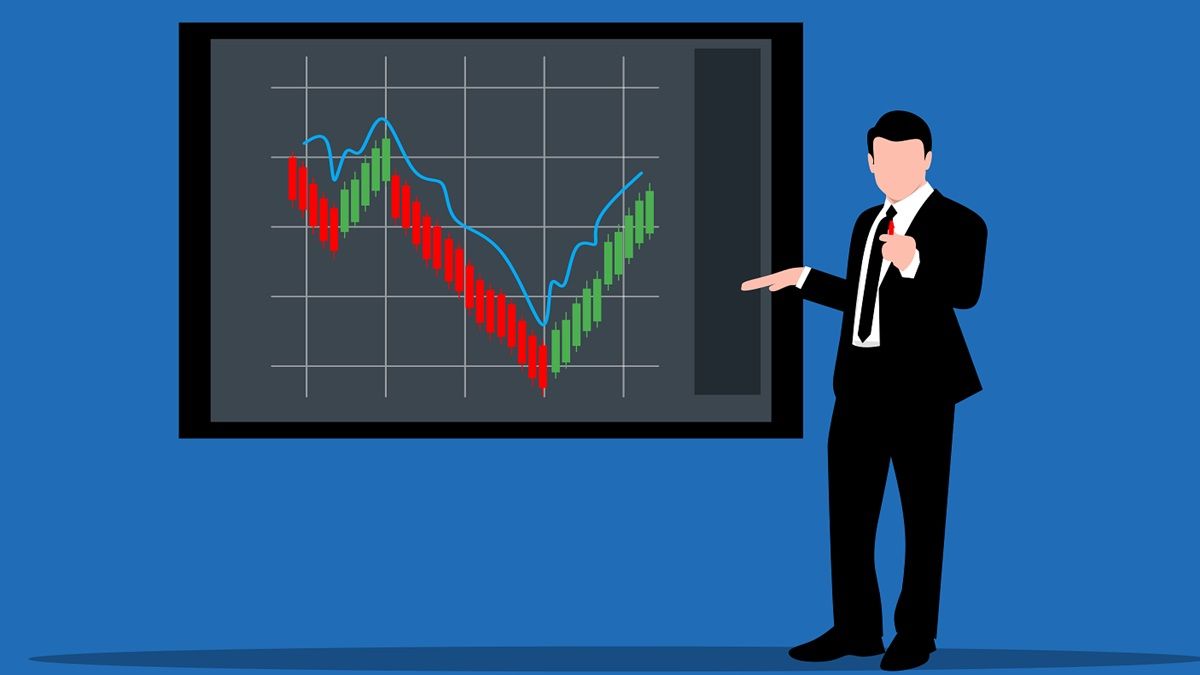Why Invest During Bad Time :The trend of decline in the stock market continues. Sensex has fallen by 12 percent from its all-time high and Nifty by 12.5 percent. This decline has affected not only stocks but also the short-term returns of equity mutual funds. In such a situation, it is legitimate for investors to be confused about investing money in the market. Experts believe that from the current price the market may fall further by 2 to 3 percent. There will be many investors who may be scared of entering the market or those who have invested may be preparing to withdraw. So should you maintain your investment in this bad market phase or should you withdraw your money.
Return: Strong 18 years of ICICI Pru Multi Asset Fund, made Rs 3.5 crore from 5 lakh, getting 18% annual return on SIP
Nothing is certain regarding market behavior
AK Nigam, Director of BPN Fincap, says that fluctuations are a trend of the market, which is seen from time to time. It is practically impossible to predict how the market will behave on a given day. There have been many such periods when there is a big fall in the market and the recovery is even faster. The decline in the market is not constant, on many occasions a sharp recovery has been seen after the decline. Therefore, it is not wise to redeem the investment just after seeing the decline. There are many benefits of investing during downturns.
Lakshya SIP: Opportunity for regular monthly income along with wealth creation, best combination of SIP and SWP, special scheme of Baroda BNP Paribas MF.
Benefits of investing in bad times
AK Nigam says that when the market falls, you get an opportunity for low cost investment. If you are a SIP investor, then the unit is available at a cheaper price. When there is a recovery in the market, you get better returns on these units. Market decline provides an opportunity to invest for the long term. If your goal is long-term, a market decline is actually an opportunity to buy more at lower prices. However, if your financial goals are on the verge of being achieved, then you should transfer money from equity to debt or any safe or traditional investment options.
NFO Investment: 8 AMCs including HDFC, ICICI Pru are launching their NFO, what is special in these new schemes of mutual funds
Instead of worrying, take advantage of the best day
FundsIndia Research report suggests that investors should wait for the best days of the market instead of panicking in such an environment. According to the report, since 1995, there have been many such phases, such as global recession, Covid 19, global rate hike sell off or uncertainties regarding elections. But even during this period, the market has seen some great days, in which the market has given high returns. Due to these good days, the long term returns of the market have been good every time after such a phase. According to the report, if we talk about the last 20 years, the returns of investors who missed the best 10 days of the market were less than half.
Decline even during the biggest bull market
According to a report, the biggest bull market for the Indian market was between 2003 – 2007, while during this period Nifty generated 214% returns. The CAGR of largecap in 5 years was 35%. Whereas in 2003 the intra year market fall was 14 percent. That means if someone had withdrawn his entire investment in 2003, he would have lost 214 percent return. This means that maintaining investment in the market during that period of decline proved to be a profitable deal.
SIP in SBI Mutual Fund: Strong 25 years of SBI scheme, 1 lakh made 55 lakhs, got 1 crore from SIP of Rs 2500
If you miss your best day, you will suffer huge losses.
FundsIndia Research report has given information about the impact on returns due to missing the best day from 1995 to 2024, i.e. over a period of more than 19 years. Here the return on investment of Rs 10 lakh in Nifty 50 TRI from 2005 to 2024 YTD has been calculated.
Remained in the market the entire time: Rs 1.46 crore (14.5% annually)
Best 5 days of the market missed: Rs 94 lakh (11.9% annually)
Best 10 days of the market missed: Rs 69 lakh (10.2% annually)
Best 15 days of market missed: Rs 52 lakh (8.7% annually)
Best 20 days of the market missed: Rs 40 lakh (7.3% annually)
Best 25 days of market missed: Rs 32 lakh (6.0% p.a.)
Market’s best 30 days missed: Rs 25 lakh (4.8% p.a.)
Best 40 days of market missed: Rs 17 lakh (2.7% annually)
Market’s best missed 50 days: Rs 12 lakh (0.8% p.a.)







